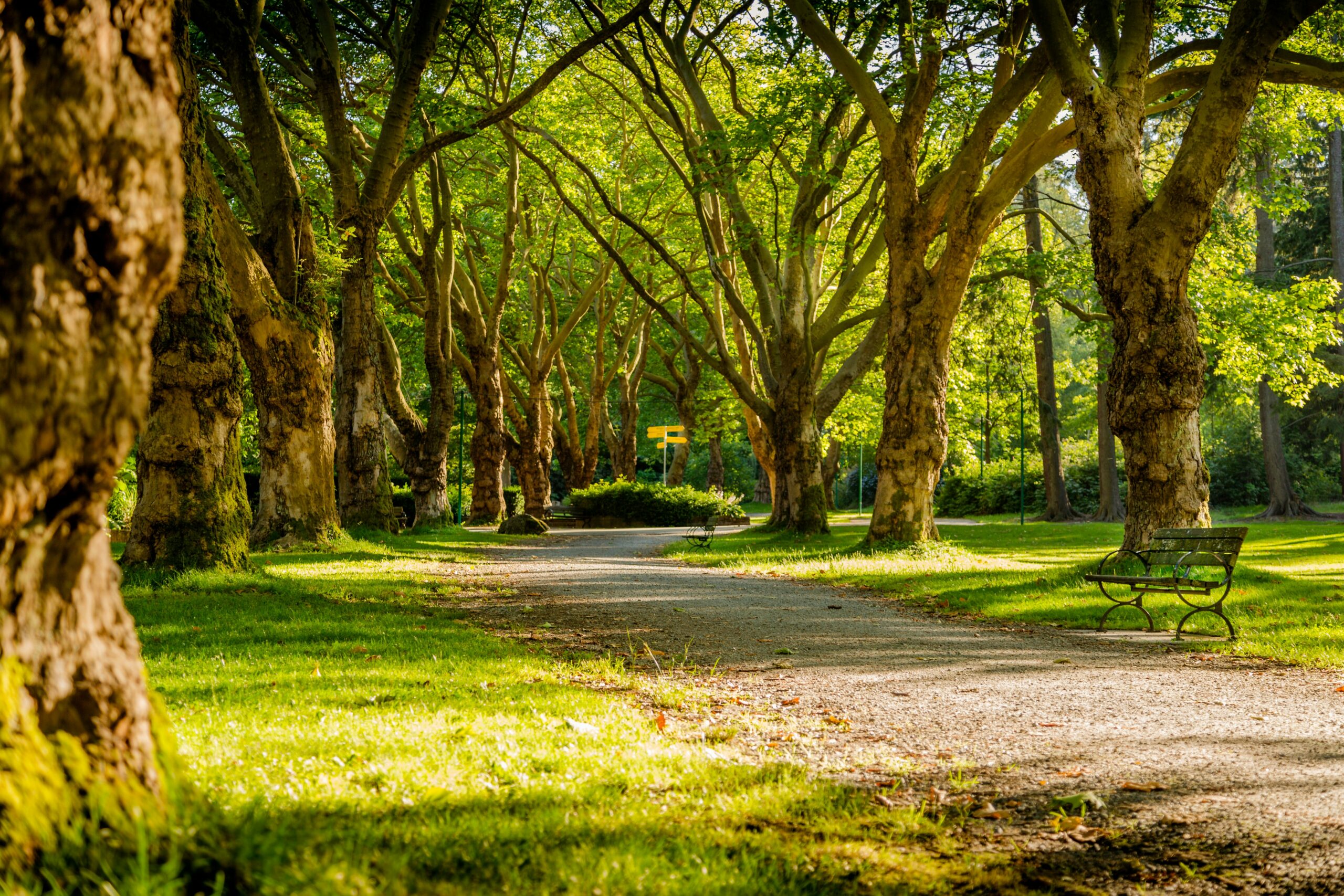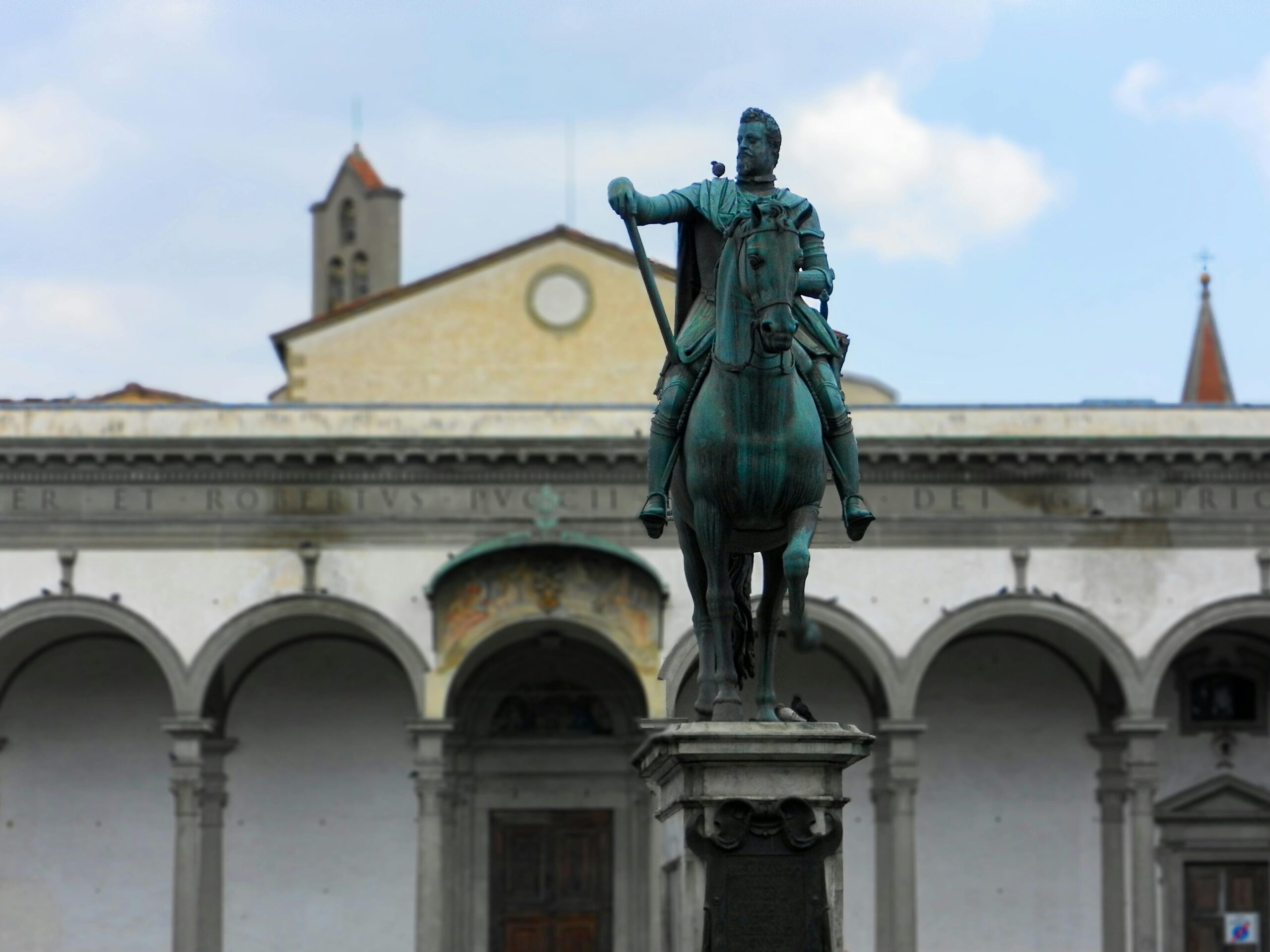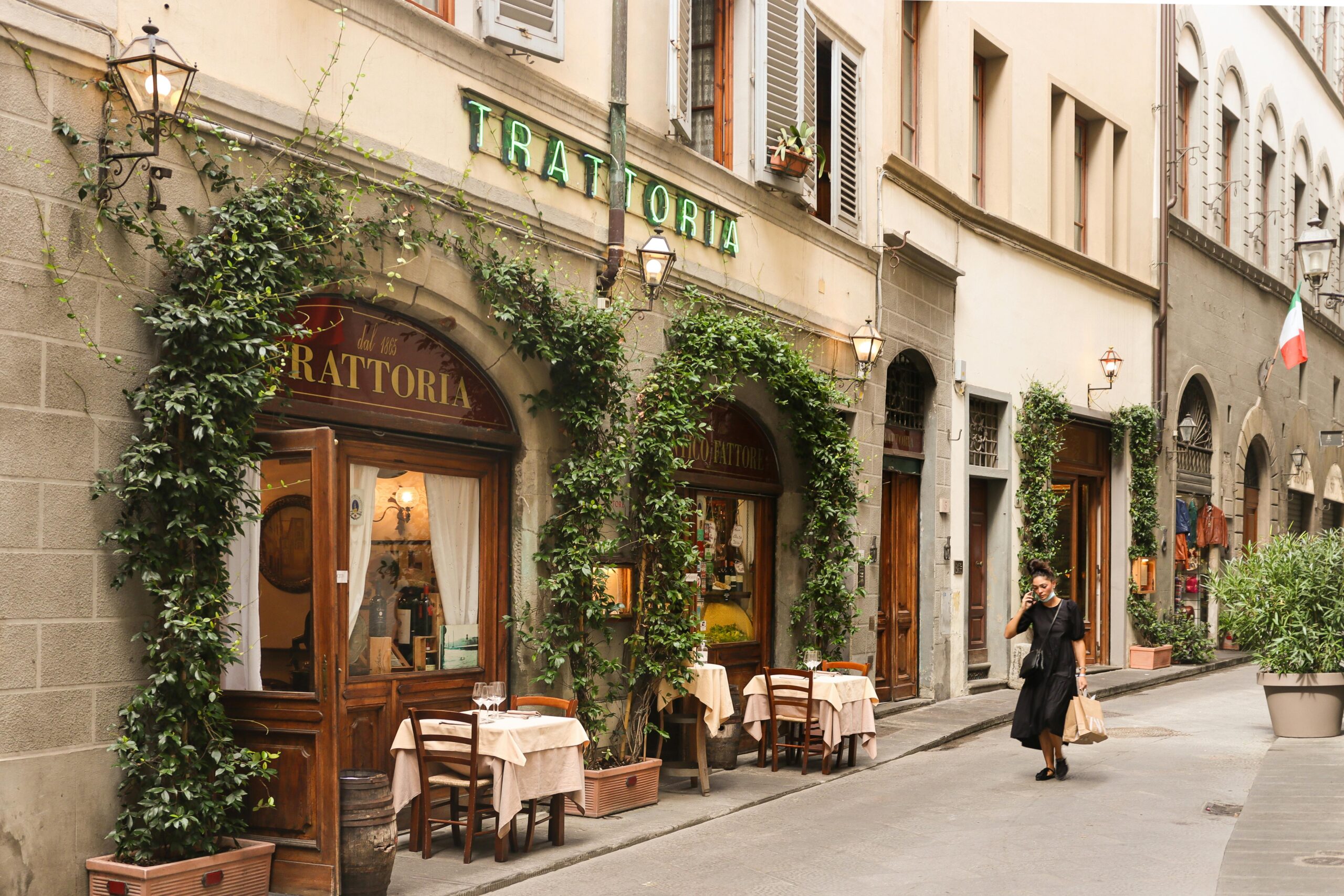Walking on the streets of Florence, via dei Neri area, famous for the sandwiches place, Antico Vinaio is the small road that cuts via dei Saponai with via dei Neri.

Florence door hinges in Santa Croce
In Piazza S.Croce, on the side on the corner with via dell’Anguillara there was a door hinges (small secondary door of the city walls usually adjacent to the main door) called the “Garbo” name taken by a surname of a family that had some houses nearby.

Salvatore Rosa
In a building in via dei Banchi at n.5, the great Neapolitan painter Salvatore Rosa lived for a period of time. Arrived in the city of Florence around 1640 was immediately taken under the protective wing of Cardinal Giovan Carlo de’Medici second son of Cosimo II.

Disneyland of Florence
The entryway to the “Tivoli” garden was visible on the right side of a stairway with two different types of towers on either side as we approached Villa Cora from Viale Machiavelli in the direction of Piazzale Michelangelo. Yes, Florence had a garden that was somewhat modeled after a Vauxhall garden; the Vauxhall trend originated in England and expanded throughout Europe

Calcio Storico Fiorentino second part, our time
The two overall winners go to the annual final on June 24, the feast day of San Giovanni (St. John), the Patron Saint of Florence, after facing off in two preliminary matches. This brutal encounter has caused serious injuries.

Calcio Storico In Florence origin
Calcio storico fiorentino, often referred to as calcio in livrea or calcio in costume, is an ancient football variant that has its roots in medieval Italy.[1] The sport is said to have originated in Florence’s Piazza Santa Croce. There it was called the giuoco del calcio fiorentino (“Florentine kick game”) or just calcio, which is currently the Italian term for association football. It’s possible that the game originated as a harpastum resurgence, a Roman pastime.

Verrochio gold Ball and its singular story
Even though it has had many mishaps throughout the ages, Brunelleschi’s dome’s golden ball has never failed to put on a spectacular performance. Andrea di Verrocchio, a goldsmith and artist, created the initial design and oversaw its construction beginning in 1468.

Coffee House
Thanks to the great import and distribution of coffee, in Europe of the eighteenth century, meeting and socialization places are created. In spite of the local citizens crowded by the various social classes, especially when the coffee and chocolate drink becomes famous, the aristocracy creates its own spaces in their residences.

Francois Vase in Florence a monument
November 3, 1844, Tenuta Granducale di Dolciano, at Fonte Rotella (three kilometers from closed) one day like any other? Perhaps …. the war commissioner of the Grand Duke, Alessandro Francois is intent on recovering near two Etruscan mounds what remains of the looting by ancient Tombaroli. From the numerous fragments found, it was immediately understood of the importance of the vase in this case a penthouse with black figures of the 6th century BC.

the singular life of Piovano Arlotto
Parish priest of the church of San Cresci in Macioli, near Pratolino, was famous for the stories he told, for the brazenness of his gestures and the veined malice of a breath -free spirit. A character loved by the people for his good – frankness natures, he was sometimes a problem for the bishop’s Curia, lined up at the time by Pio Antonino Pierozzi who tried to redeem him without success.









